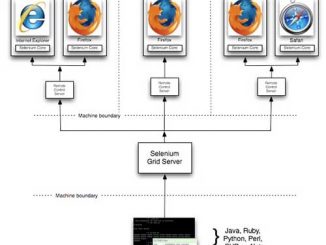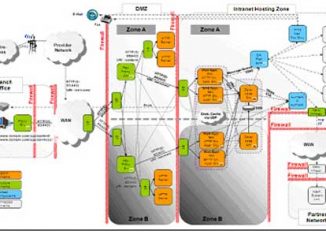Software Testing Articles: Load Testing, Unit Testing, Functional Testing, Performance Testing, Agile Testing, DevOps
With the important number of devices and customized operating systems, the testing of mobile apps can take a long time. Manual testing is almost impossible and normal automated testing can take a very long time. In this article, Sai Krishna explains how to run mobile tests in parallel using the Appium open source testing tool.
You might think that performing load testing is very simple: you create a script and run it against the application. This is however not always the case, as the software under test might generate unique values for each transactions with the web clients. In their two parts articles, Vadim and Max Kleyzit explain how to detect and correct correlations the errors in your load testing scripts.
As organizations try to improve the quality of their software systems and mobile apps, many of them opt for the solution of buying software testing services from an external provider. This article explains the concept of platform-led software testing and what this solution can bring to improve the results of software quality assurance activities.
One of the main trends in software development is to deliver software more quickly. DevOps, continuous delivery or continuous integration are some of the approaches that have been promoted recently to achieve this goal. In their article “DevOps Advantages for Testing”, Gene Gotimer and Thomas Stiehm discusses the advantages that these approaches could provide to software testing and software quality.
As software development projects adopt frequent delivery approaches like continuous integration and continuous delivery, the speed of test execution become a key factor for their successful implementation. Distributed testing might be a solution that helps improving test execution speed. This article discusses the pros and cons of a distributed testing implementation process. It will also present the Selenium Grid open source testing tool.
When you learn to program, everything happens on the same computer, but when you start working for a (structured) organization, you realize the risks of changing and testing code directly where your users or customers are working. Thus you will have separated environments for developing, integrating or releasing your system. In this article, Richard Ellison provides some best practices for software testers on how to manage software testing environments.
There is nothing worse than building right the wrong software. Acceptance testing is the activity that allows the customer to validate that the delivered software meets their needs and specifications. If acceptance testing play an important role in validating software delivery, it can also cause some issues as Toby Weston explains it in his book “Essential Acceptance Testing”.







